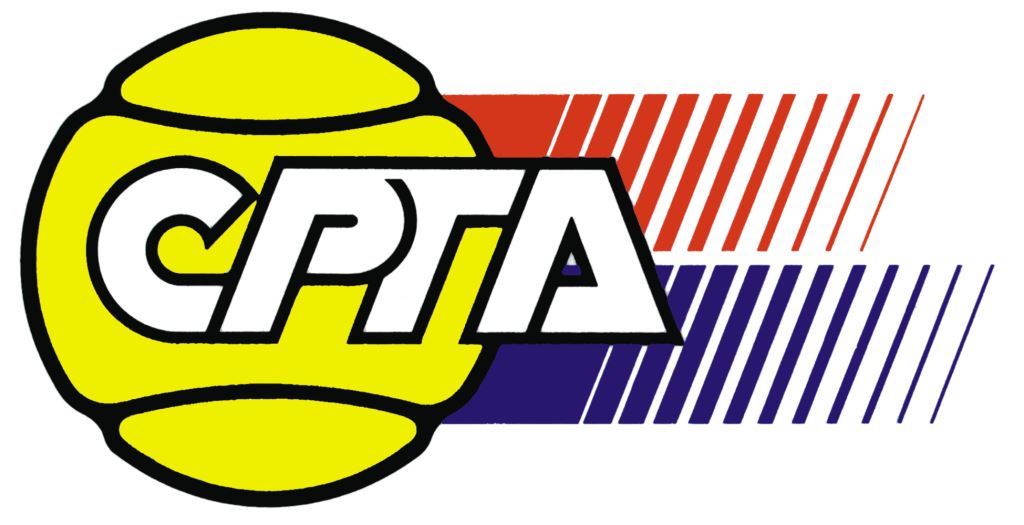Tennis shot control is an important aspect of the game that helps tennis players control the ball and achieve high accuracy and power in their strokes. Let’s look at some of the techniques that professional tennis players use to regulate their strokes.
Shaping the stroke
Professionals spend a considerable amount of time practising their hitting technique so that they can execute their strokes accurately and with minimal variation every time. Important elements of shot formation include:
- Proper racket grip. Most pros use an eastern or continental grip to improve control.
- Foot position. Balance and proper foot placement help to maintain the stability and power of the stroke.
- Swing and completion of the stroke. A full swing and proper completion of the shot helps control trajectory and power.
Serve technique
The serve is one of the key elements and professionals carefully adjust their serve technique to maximise accuracy and power. Important aspects are:
- Body position and balance. Use of the whole body in the serve to increase power.
- Point of contact. Precise timing of racket contact with the ball to achieve the desired trajectory.
- Variety of serves. Using different types of serves (flat, slice, spin) to confuse the opponent.
Forehand and backhand
The basic strokes that professionals use to play from the backhand line. Important points:
- Forehand. Usually uses a more powerful grip such as an eastern or semi-western grip. Professionals emphasise a powerful swing and a clear finish to the shot.
- Backhand. Can be performed with either one hand or two hands. Proper hand and body coordination is important to execute an accurate kick.
Slice and Drop Shot
These shots are used to vary the game and create uncomfortable situations for the opponent:
- Slice. Performed using a continental grip and a slicing motion so that the ball flies low and with little spin.
- Drop shot. A subtle shot that requires precise control and the use of a small swing to make the ball land close to the net.
Footwork
Proper movement on the court is the key to getting to the ball in time to hit the shot:
- Quick footwork. Quick change of direction and proper positioning for the shot.
- Jumps and steps. Using small steps and jumps to adjust position before hitting.
Mental aspects
Concentration and the ability to remain calm under pressure also play an important role in executing accurate kicks:
- Focus. The ability to focus on each individual stroke.
- Strategy. Planning and adapting playing strategy depending on the opponent’s behaviour.
Regulating tennis strokes requires constant practice and attention to detail. Professional tennis players achieve mastery through continuous practice, analysing their games and improving their technique.


